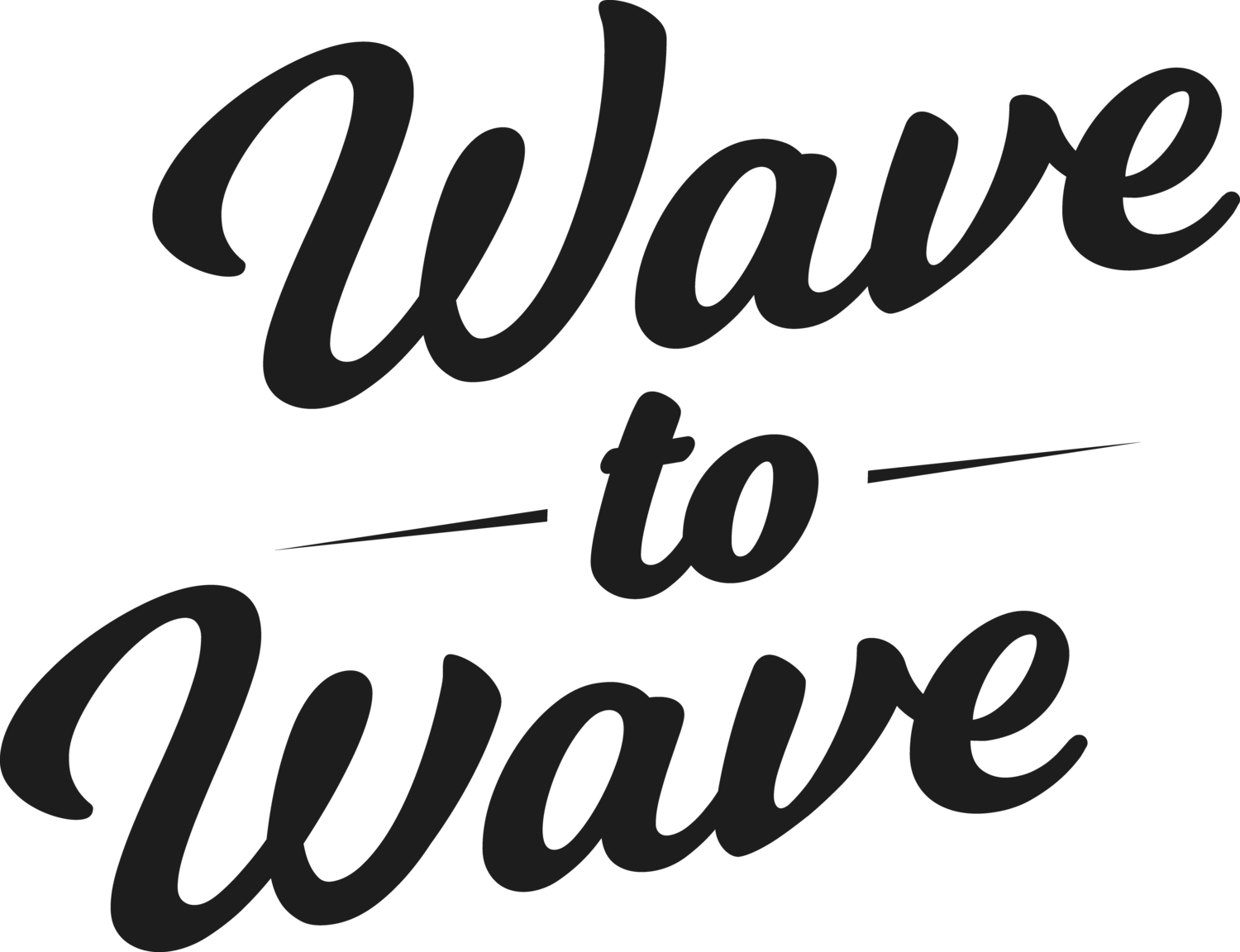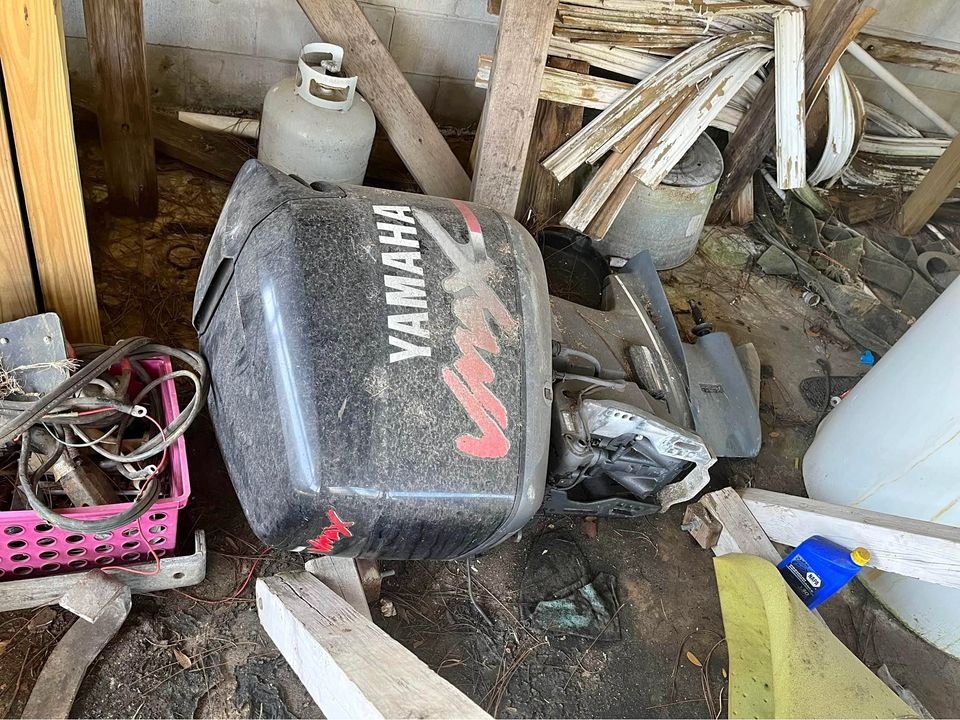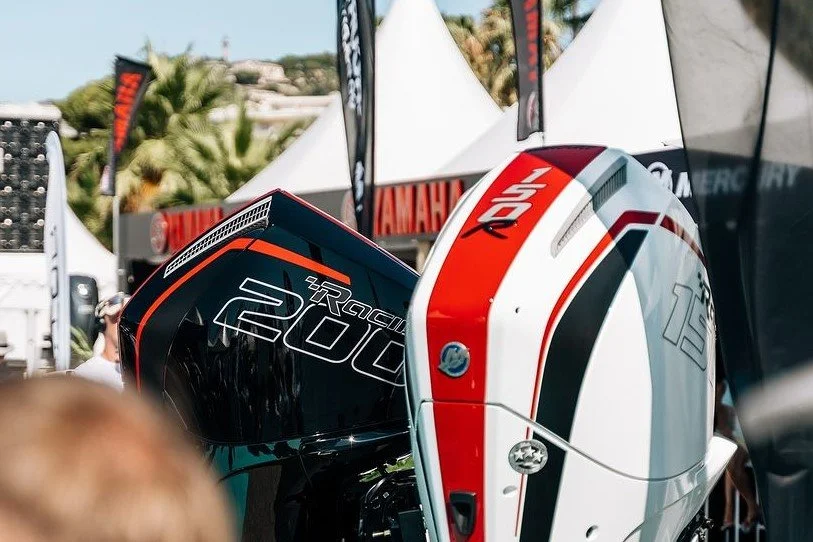The Best Bargain Repower Outboards for Performance Boats: Power, Performance and Value
The purpose of this article is to look at some under the radar repower options for those on a budget. In a world of social media, we all see new boats with the latest engines and it seems like everyone has a new 300R or multiple 500Rs, or some other high dollar setup. That’s not reality for most enthusiasts. Finding a good used engine is an art and sometimes you have to look past the obvious. Let’s take a look at some less obvious options and a few known great engines that aren’t too old but are great value for your repower project.
One thing I’ve always tried to maintain is that the setup is often more important than the actual engine in respect to the fact that you can have a great brand new engine, but if you have the wrong gearcase, the wrong setback and the boat isn’t setup right, you won’t be getting the most out of it. The good news is that it doesn’t really matter if you’re running a four stroke or a two stroke, what is more important is that it runs great, and is setup ideally. Boat setup is so critical, the gearcase alone can be 5 to 10 MPH difference on some boats. A matter of inches of setback and a different prop can reduce your slip significantly, making you faster and more efficient. Removing weight, moving and balancing the existing weight in your boat can take it from a handling nightmare to running like it’s on a trailer. Your steering and motor mounts are just as critical. Things to keep in mind when looking at engines.
Since the market for budget performance is limited, you have to think outside the box sometimes. But that can be okay because that’s where the deals can be had. Obviously, anything from Mercury Racing is pretty turnkey, the 300XS, the 250XS, were pretty capable out of the box but the prices are still pretty high given the demand. Here are my favorite less obvious ones.
The Evinrude 225 and 250 G1 Etec HO
Although I’m not a huge Evinrude fan, the G1 Etec BRP put out were good. The 225 and 250 HO versions were pretty hot engines. Like the first generation ProXS engines, the HO series was aimed squarely at the performance bass market. The 225 and 250 HO came with the L2 gearcase which had a 1.71:1 gear ratio for those engines. You can find good 225 HO with reasonable hours in the $4 to $5k range.
The
If you can step up to the 250 HO, you are going to get a more stout package; the displacement is bumped from 3.3L to 3.4L and all the performance 250 bass engines are severely underrated. Meaning, they make much closer to 270 or 275 HP, making them good deals. You can equip the 250 Etec engines with side ram steering kits, and you could get solid mounts at some point, I’m not sure if someone is making those but either way, these are good out of the box. I do believe the L2 wasn’t the most robust case, and later the M2 case was revised to replace the L2 but I could be wrong about that. The 250 HO had a larger intake and a one piece exhaust system as well.
Side note, you can find deals on non HO engines, the 3.4 300 HP Etec is very similar, with some modifications, it can probably out do a 250 HO, it just needs a low water pickup and mounts. And, a non HO can also be modified but you are further ahead usually getting the HO. The internals, ECU and other things are better. Parts should be available for a while. I’ve heard of someone with a bone stock 225 G1 HO on a Checkmate 21 Pulsare that does just over 80 MPH, to give you an idea of the potential.
For really light setups, I like the Etec 2.6L 150 HO and 135 HO, and the 200 2.6L G1 also. I didn’t mention the G2 because it’s a bit heavy and the steering is problematic, a unique design that wasn’t perfect. The G1 was a little simpler and lighter, plus they are the best deals.
The 135 and 150 HO were light, 2.6L engines that really performed.
Mercury Optimax 3.0L 225 Sport, XS, ProXS and 250 ProSX, 2.5L ProXS
Early generations of the 3.0L Optimax ProXS and Sport XS blurred the lines with Mercury Racing engines, with the sport master gearcase, solid mounts and upgraded internals, the Sport XS was a great engine which was in fact from Racing. The 225 ProXS (different than the Sport XS) compared to the regular Optimax had 250 heads, upgraded injectors, higher flow fuel rails, a larger compressor and obviously was programmed to rev higher and make more power. These were equipped on a lot of bass boats back in the day, so you can find these fairly easily. I believe the first ProXS were launched in 2006, with Racing having Optimax XS engines previous to mainline Merc having the ProXS.
The 250 ProXS Optimax is a great engine. I bought this for a reasonable deal and it was a 700 hour freshwater one. The torque master 2 is solid, you can cone it, or swap out a sport master, it has solid mounts and probably pushes 270 HP.
The 250 ProXS for many years had solid mounts, although I’m not sure if that changed later. Any issues with most of the engines in this whole list are well known, so you can at least look for issues or get them before it’s a problem. The ProXS came with the torque master, there’s two versions and can be interchangeable with a sport master. But, depending on your setup, a coned torque master or even just plugging the top side inlets on the case be good enough. You can equip any 3.0L easily with solid mounts. Aftermarket side steering is available as well.
Before this, Mercury made a Sport XS and a 250XS, both came with the sport master. This is a regular pro with a sporty added. The 3.0L Opti has proven very reliable.
I bought a nice 250 ProXS with 700+ hours that was a clean 2014, and I think it was bout $6,500, during the crazy price market a couple years ago. That has probably cooled down. And, there is nothing wrong with the regular Optimax, if you’re running a mild setup or modifying the gearcase and mounts anyway, a good deal on a Optimax could work well. You can be in the $4k to $6k range for a nice Sport XS or ProXS: 225 or 250. If you can find a 300XS, obviously that’s peak Optimax but expect to pay a premium. The 3.2L 300XS Optimax is a great engine out of the box with many aftermarket upgrades available.
If you want something light, the 2.5 Optimax ProXS 150 and 175 were good engines and the prices are getting reasonable. These are about 430 Lbs and proved to be reliable engines over time. Some boats are just better with the smaller 2.5L.
Of course you can find a good 300XS which has many benefits and after market options. This is an older Apache Scout.
Yamaha HDPI Vmax 2.6 and 3.3L
I really don’t have experience with much of the Yamaha’s but I know people who are die hard Yamaha owners for decades and would only run Yamaha. In general Yamaha has a strong reputation for reliability and longevity. The High Pressure Direct Injection models were well received when regulators pushed traditional 2 stroke outboards to be more efficient and reduce emissions. The OMC FICHT, and Mercury Optimax were the competitors. The Yamaha HDPI generally had double the PSI compared to the other direct injections engines. Launched in 2003, Yamaha updated the Vmax in 2007 with redesigned pistons, higher pressure injection, new oil injection system and a remapped ECU. Sounds like getting a 2007+ HDPI would be the way to go.
Yamaha sold a ton of these, especially down south. Really nice engines, can be tuned quite easily.
For the 3.3L 225, 250 and 300; Yamaha provided a 1.75 ratio semi performance gearcase. There are great aftermarket upgraded for many Yamaha outboards, including tuning, solid mounts and gearcase modifications. All the direct injection engines are a little heavier than the old EFI two strokes but a little lighter than newer four strokes.
The Vmax came in a 2.6L 150, 175 and 200 and I think it was launched in 1999. I believe the 200 became the big block in 2003. Many consider the 2.6L HDPI to be one of Yamaha’s best in terms of reliability. If you want something on the lighter side and you want a good deal with rock solid reliability, an early 2.6L Vmax 200 or 150 might be an excellent option.
You see a ton of Vmax’s on older bass boats and flats boats, so you know there are deals out there. Sometimes the best deals are buying a complete package and de-rigging it.
If you are looking at newer four stroke Yamaha’s, Hydro Tec Marine in the US and MCR Performance in Canada have tuning and hardware to upgrade every part of your Yamaha. There is tuning and hardware upgrades for the HDPI engines as well.
Lightly used, low hours, freshwater, ran great last time it was used. That’s what the ad said at least.
The hunt for these engines can be challenging, sometimes you have to go get one far away. But many of these semi performance outboards from 10+ years ago are really good. Often, you can repaint the cowl and get some new decals to make them look like new if needed. Another benefit with buying older engines is you can sometimes get some rigging or steering with the engine and because they are all mechanical they aren’t too expensive to re-rig. Instead of paying $25,000 or more plus new rigging, which can run into the thousands, a good used 10+ year low hour outboard can be a real bargain.
I have seen cases where you can buy a complete boat with engine and trailer, remove the engine and rigging, sell the rest and often recoup most of you cost. Fresh water bass boats can be good candidates. There are a lot of creative ways to find deals.
Buyer beware

















